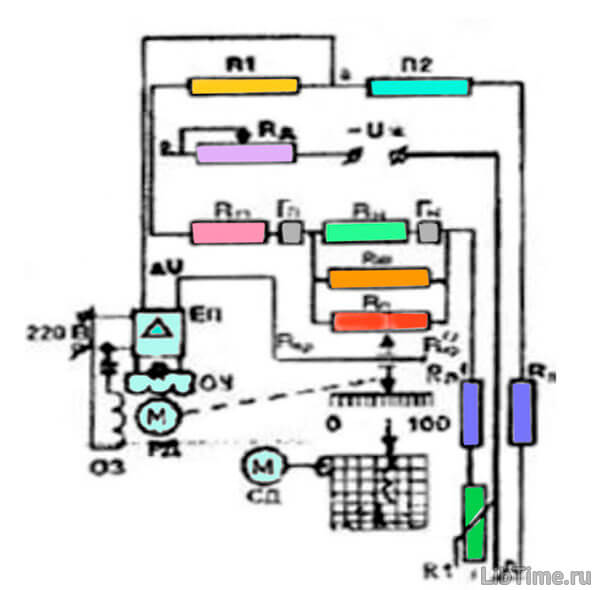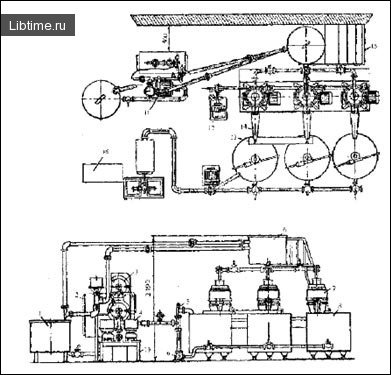Starting and protective equipment
Control equipment is used to switch the actuator on and off. Manual control equipment includes: switches, push-button, lever and package switches.
Magnetic starters are considered automatic control equipment. To disconnect electrical installations in case of current overloads and short circuits, protective equipment is used, which includes: fuses, circuit breakers and thermal relays.
Fuses are installed in switchboards, thermal relays in magnetic starters. A magnetic starter is used to frequently connect the motor to the mains (1500 times per hour), disconnect it from the mains, and protect it from voltage drop (zero protection).
Fuses are a type of protective equipment for disconnecting electrical installations in case of current overloads and short circuits. With zero protection, the motor is disconnected from the mains by the starter coil, which, when the voltage drops to 50...60% of the rated voltage, automatically disconnects the motor from the mains, and when the voltage appears, does not turn on the motor until the "Start" button is pressed again.
The magnetic starter does not provide protection against short-circuit currents. Magnetic starters are produced non-reversible, designed to turn on the motor in only one direction of rotation, and reversible to start the motor in both directions.
Non-reversible starters are controlled by push-button control stations with two buttons -"Start" and"Stop", and three buttons are designed for reversible starters:"Forward","Reverse" and"Stop".
In the "Electrical Equipment" section of the operating instructions, manufacturers provide instructions on how to connect the electric motor, how to install control equipment, drive brands and cross-sections, and how to lay and seal them against moisture.


